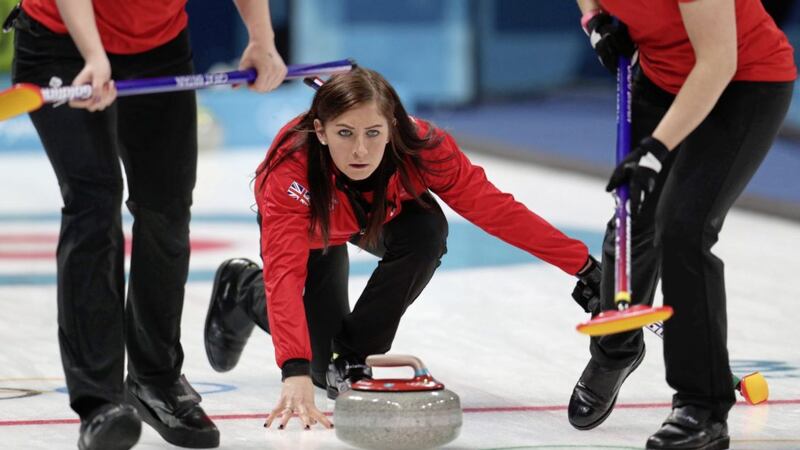ALTHOUGH the Winter Olympics have reached their conclusion, the continuing threat of snow this spring keeps this event in the minds of many, so this month I'm reflecting upon how brands made the most of this competition.
The 2018 Winter Olympics in PyeongChang were unquestionably a landmark event. When South and North Korean athletes marched under a flag of unity during the opening ceremony, it reminded the world that sport could be a catalyst for peace.
This was also reminiscent of the cross-border moment at the border here in 2012, which reminded us that there is more that unites us, than divides. Such images, regardless of the platform, are timeless.
There is a strong commercial element to this event and the 23rd Winter Olympics presented a major marketing opportunity. It is expected that the total TV advertising spend will break the record of $977m (£700m), set in Sochi in 2014.
It’s easy to see why the Winter Olympics are so attractive for marketers. Official figures suggest that around three billion people worldwide tuned into the Games. The International Olympic Committee (IOC) confirmed that global media organisations broadcast 14 per cent more coverage than for Sochi.
The amount of coverage available on digital platforms was around double compared to the amount of coverage that aired on TV. The BBC offered UK viewers 650 hours of coverage via six high-definition streams on digital platforms, compared with 200 hours of network TV coverage.
But even this figure was dwarfed by NBC Universal in the US, which treated viewers to 2,400 hours of coverage across all platforms – another record.
While the summer Olympic Games feature more sports, have a broader global audience and command a larger slice of advertising spend, it felt like the Winter Games had finally came of age.
The notion that the sports involved – such as bob sleigh and snowboarding – align with a younger, hipper demographic, seemed to click with brands.
Some began to refer to the Winter Olympics as the ‘cool cousin’ of the summer Games The ground-breaking deal between US broadcaster NBC Universal and Snapchat, therefore, made complete sense.
Under the arrangement, users of the social media platform were able to watch live streams of certain events, fed through from the NBC live broadcast. Significantly, this was the first TV partnership for the social platform.
Another organisation keen to engage Snapchat’s youth user base was the official Olympics Channel. To this end, it supplied Olympic-themed lenses, filters and stickers to Snapchat users.
Elsewhere, Facebook partnered with Eurosport to stream the opening ceremony of the Games in Germany, Sweden and Norway. Highlights, interviews and social influencer content were also broadcast on the platform in the UK, Germany, Sweden and Norway.
Brands can make use of social media by effectively considering tie-ins with platforms such as Snapchat and Facebook at major events, to reach a youthful audience.
This August, CIM Ireland is organising a major tourism, events and festivals event at the Ulster Grand Prix. It will explore further how platforms can integrate to offer the best return for marketers across new and traditional media.
Finally, don’t forget next month sees the launch of the 2018 CIM Ireland Awards, which challenge the marketing community to share how they too have pushed the boundaries.
:: Carol Magill is CIM network manager for Ireland.







